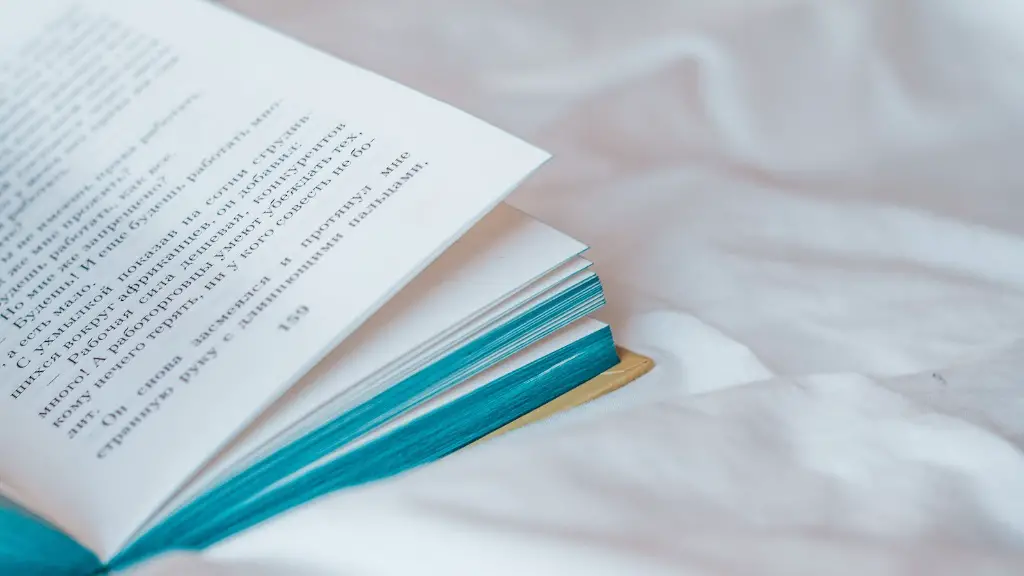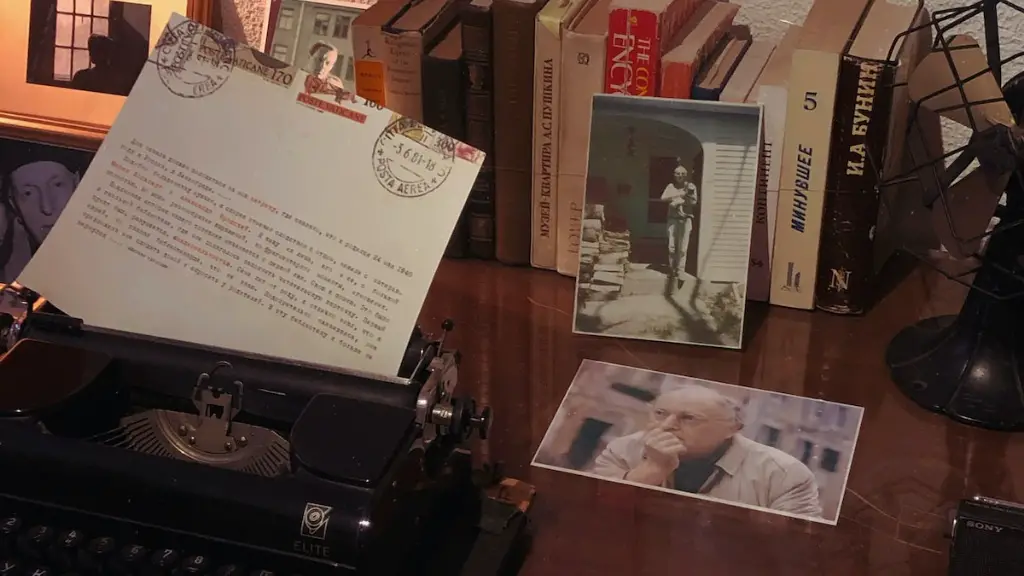Tone in poetry is the attitude or feeling conveyed by the poet’s words, largely through their choice of language, to an audience or reader. This attitude can be conveyed through the poem’s subject, structure, metre and rhythm, symbolism, as well as its choice of words, diction, syntax and punctuation. Tone conveys a range of meaning, from very subtle to very obvious. Through this, poets can express a wide range of emotions, from joy and optimism to rage and despair. In poetry, tone is the writer’s underlying emotion that acts as a unifying force throughout the poem, conveying a single attitude and helping to create a certain atmosphere or mood. Tone can be established early on in the poem and remain consistent or can change throughout, developing as the poem progresses.
Understanding tone in poetry is essential for properly interpreting a poem. The tone of a poem can be neutral, humorous, condescending, remorseful, apathetic and many other emotions. Additionally, tone allows poets to express emotions in a unique way, to establish a mood and to impart meaning to the poem. Tone also helps to evoke a particular response from readers and to create a unique connection between the author and the audience. By exploring tone, readers can gain insight into the poem’s main idea, develop a more in-depth understanding of the poem and explore deeper symbolism within the poem.
Tone can be created through a variety of techniques, including word choice, rhythm, structure and imagery. As tone is established primarily through the words themselves, poets have great control over the tone by their choice of language. By using certain words, poets can evoke certain emotions, such as anger or sadness. Additionally, tone is also determined by the level of intensity of the words used, for instance, whether or not the poet uses words that are passionate, sharp or humorous.
Poetry also relies on rhythm and metre to help create a tone, as rhythm and metre contribute to the poem’s overall flow and energy. Additionally, certain poetic structures, such as the use of enjambment or the structure of the stanza, can also convey the tone. Finally, imagery plays an important role in the creation of tone, with poets contextualizing emotions and ideas through their choice of imagery.
Tone is a fundamental component to understanding poetry and is key in determining the overall meaning of a poem. This is because the tone of a poem helps to shape how we interpret the poem as well as how we respond to it. Knowing the tone of a poem allows readers to better empathize with the poem and understand it on a deeper level. Additionally, understanding the tone of a poem allows readers to appreciate the poet’s style, the nuances of the poem’s language and the emotions that the poet is conveying to the reader.
Syntax and Punctuation
In addition to syntax and diction, punctuation also plays an important role in conveying a tone in a poem. By utilizing pause, speed, rhythm and cadence, the poet can further emphasize a particular emotion in the poem. Moreover, punctuation can also suggest a change in mood or emotion, with the poet changing the tone by shifting their word choice. For example, a poet might use a period to indicate when a thought has ended or a comma to indicate a pause, adding a sense of uncertainty or doubt to the poem.
Imagery
Imagery is a powerful tool for conveying a tone in poetry. Poets use imagery to tie together abstract emotions, ideas, and themes into physical objects that can be grasped by the reader. By using imagery to create a feeling or atmosphere, the poet can capture emotions and ideas in a way that words alone cannot. Additionally, by painting images in the mind of the reader, the poet can create a complex understanding of the poem that cannot be gained through the choice of words alone.
Rhythm and Metre
As tone is made up of both the poet’s emotions and how they use language to express them, rhythm and metre are also an important tool in conveying a tone in poetry. Different rhythms and metres create different moods and rhythms, allowing the poet to create a unique tone. By allowing their words to flow with the rhythm of their poem, poets can further emphasize their point and create a deeper level of understanding.
Structure
The structure of a poem is also a key factor in conveying tone. Poets often use structure to break up their poem into distinct sections, thus helping to emphasize a certain emotion or idea. Additionally, structure can also help to add complexity to the poem and create a more nuanced understanding of the poem’s message. For example, the use of enjambment can add suspense or confusion to the poem and create a sense of anticipation in the reader.
Word Choice
The words used in a poem have a significant impact on the poem’s tone. By choosing particular words, a poet can convey a particular emotion or attitude, which will then be carried through the poem. Additionally, word choice is also essential in determining the poem’s complexity and level of difficulty. Generally, the more colourful and advanced the words used in a poem, the more sophisticated and meaningful the poem will be.


